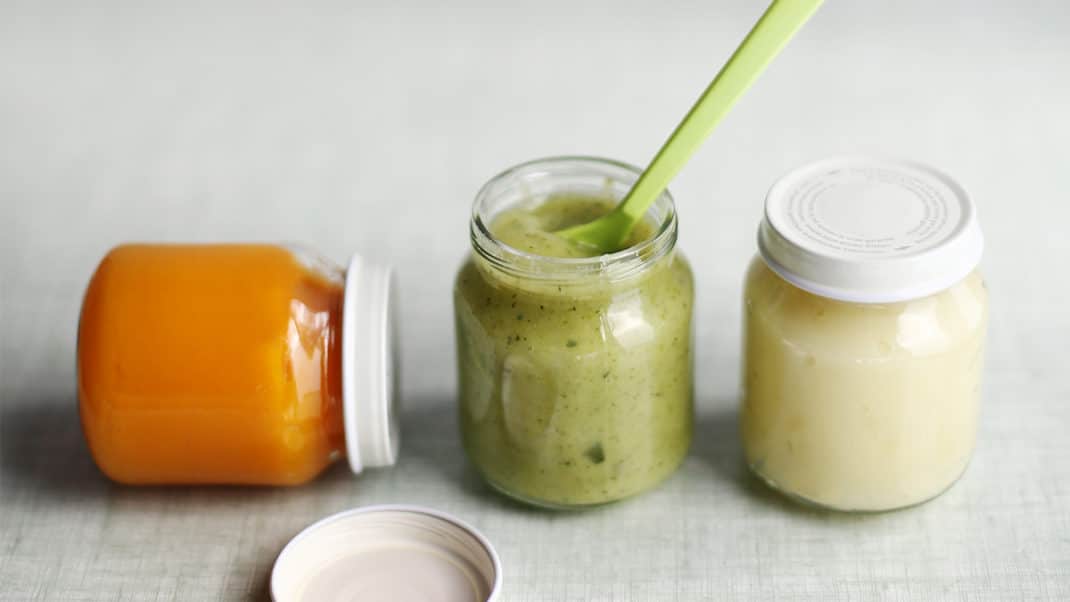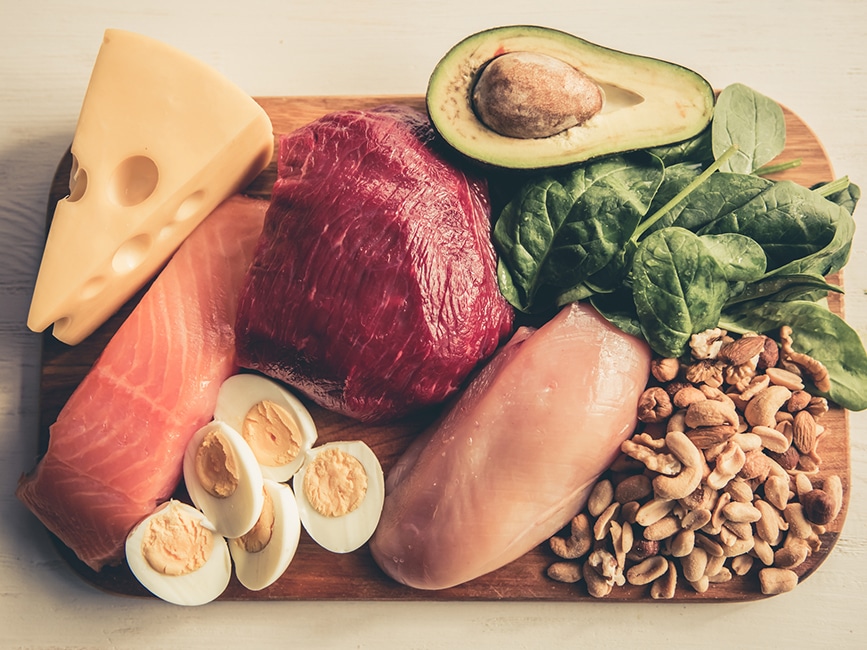Heavy Metals in the US Food Supply
Are we feasting on chemical cuisine?

The Food and Drug Administration found significant levels of dangerous heavy metals in the U.S. food supply—including vegetables, seafood and seeds—during its ongoing monitoring efforts, the agency said in a recently released report.
Baby foods were among the most contaminated.
Lead was detected in 15% of food samples, cadmium in 61% of samples and arsenic in 43%. A little more than half of 384 baby food samples analyzed, including infant cereals, had detectable total arsenic levels, while 65%, 21% and 3% of the baby food samples contained cadmium, lead and mercury, respectively, according to the FDA analysis aimed at promoting food safety.
While levels of contaminants in the foods many of us eat continues to be worrisome, we still don’t have enough data to determine if typical exposure levels in various age groups are having any health ramifications. But we do know that infants and children can be the most vulnerable to the neuro-toxic effects of heavy metals in food.
Matthew Kadey, MS, RD
Matthew Kadey, MS, RD, is a James Beard Award–winning food journalist, dietitian and author of the cookbook Rocket Fuel: Power-Packed Food for Sport + Adventure (VeloPress 2016). He has written for dozens of magazines, including Runner’s World, Men’s Health, Shape, Men’s Fitness and Muscle and Fitness.



